| The ancient scriptures define a body as something that is prone to destruction – ‘sheeryate iti shariram’. Vedanta also states that the individual soul (jiva) is nothing but the eternal Supreme Soul (Paramatma or Brahman). However, the jiva invariably mistakes himself to be the body. To remove this false knowledge of the jiva, the scriptures identify the three bodies conditioning the jiva, and then step by step show how the jiva is essentially different from all the three. The Gross Body (Sthula Sharira) This is the visible, physical body. We all identify ourselves so much with our physical bodies made up of hands, legs etc, that we consider it to be our true self (Swarupa). Our names, gender etc. all belong to this body only. Why did God give us this body? To reap the fruits of the karma we did in our previous lives. In the same manner, our body in the previous birth was given so that we could reap the karma done in births prior to that one. This leads to the conclusion that this flow of karma and its consequent births is an endless one. Therefore the question that what is the cause of our first birth does not arise. When we realize that this body, the cause of our distress, is being born again and again since eternity then it leads to disenchantment (Vairagya) with the body. Our mind turns away from the external world towards God. With the passage of time and sadhana, one can become a Jnani (one having the knowledge of salvation or Moksha). A Jnani is one who utilizes his body only for the reaping of previous karma and takes care of not creating any new karma for the fruits of which he will have to take another birth. The ignorant person on the other hand, in addition to reaping the previous fruits, also creates new karma leading to further births. I am Not the Gross Body 
Krishna Delivering Gita Sermon | The Bhagavad Gita says: “Like a man discards his worn out clothes and wears new ones, so does the soul discard this body and acquire a new one” (2.22). This makes it clear that the individual soul or jiva is different from this body. This is known easily through the scriptures. However, we can understand this otherwise also. Even though during childhood, youth and old age the body has changed, ‘I’ am still the same. Not only this, when the doctor amputates a part of the body or replaces it with an artificial organ made of iron etc., or with the organ of another human being, even then the original jiva does not change, it remains the same as earlier. This conclusively proves that the gross body is but a mere implement for the jiva to reap the fruits of his karma. During surgery the patient is put under anesthesia. At that time, the jiva loses mental contact with the body. Even when the body is under the surgeon’s knife it does not suffer any pain. It is somewhat the same position during deep sleep. Therefore, we realize that the jiva (our own self) is different from the gross body. Thus it is proved that we are not the gross body, and any of the identifications associated with it (man, woman etc) are fictitious to say the least. The Subtle Body (Sukshma Sharira)Inside the gross there is another body, known as the ‘sukshma sharira’. It is not visible to any of the sense organs. We know the gross body is by itself animate (otherwise a dead body too would move), therefore there has to be something else granting it movement. This is the subtle body, so called because it is too subtle to be discerned by our senses. When we are in deep sleep our subtle body more or less withdraws from the gross body. Therefore, during that time the gross body nearly ceases all operations. When the subtle body withdraws completely from the gross body death occurs. Whatever karma we do gets coded in an invisible way in this subtle body. The subtle body does not die. Therefore, after the death of the gross body, this subtle body in due course, as per its coding, receives another gross body. The gross body is made up of the following nineteen elements: 1). The five organs of knowledge (Jnana Indriya): Sight, Hearing, Taste, Touch and Smell. 2). The five Organs of action (Karma Indriya): Tongue (Speech), Hands, Feet, Genital, Anus. 3). The Four Internal Instruments (Antah Karana): Mind, Intellect (Buddhi), Memory (Chitta) and Ego (Ahankara). 4). The Five Vital Breaths (Pranas): These five are: a). Mukhya (Main) Prana: The inhalation and exhalation of breath. b). Apana: The down going breath responsible for the excretory function in the body. c). Samana: The part of breath responsible for digestion. d). Udana: Responsible for the function of swallowing and coughing. e). Vyana: Responsible for the holding of breath during lifting of weights etc. I am Not the Subtle BodyLike it has been proved above that ‘I’ am not the gross body, similar is the case with the subtle body too. This is because all elements making up the subtle body are insentient (inanimate). They work in tandem with each other. The scriptures clearly state: 
Aitareya Upanisad: With the Commentary of Sankaracarya (Shankaracharya) | ‘Any parts of a complicated machinery which work in mutual cooperation do so only for the consumption of a an entity different from themselves. Similarly the workings of the subtle and gross bodies in mutual harmony are for the sake of the jiva different from them.’ (Shri Shankaracharya’s commentary on the Aitareya Upanishad 1.3.11). 
Prana and Pranayama | Therefore, the jiva is different from both the subtle and gross bodies. It is the jiva who witnesses the being and destruction, if any, of the Indriyas forming the subtle body. Even in the case of prana we very well know that accomplished yogis can keep it under their control through the regular practice of Pranayama. Therefore, Prana too is essentially different from the jiva. The four internal instruments making up the antah karana are also separate from our true self. To understand this, we have to go back to our experience of deep sleep. We all know that unlike the waking state or dream state, in deep sleep we are not aware of anything. Even then ‘I’ am the witness to this absence of awareness in deep sleep. As soon as we get up in the morning we say: “Totally unaware, I slept with ease.” This indicates the absence of all internal instruments during deep sleep, because the instruments themselves cannot recognize their own absence. There has to be another entity independent of them to witness their absence. Since all elements (or their absence) making up the subtle body are visible to me, and the view is always different from the viewer, ‘I’ am not the subtle body. The Causal Body (Karana Sharira)Therefore, understanding that the individual soul is neither of the two bodies, gross or subtle, we realize that it is separate from the two. We are not what we believe ourselves to be as a consequence of our natural, unquestioning acceptance of these two bodies; i.e. we do not know our own self. This is our Avidya. This ignorance of what we truly are gives room to mistakenly identifying ourselves through our bodies: “I am a man, I am a woman”, “I am tall, I am short” etc. This is the jiva’s false knowledge or ‘Mithya Jnana.’ This allows the entry of attachment and aversion (raga-dvesha) into our lives. It is not karma itself that is harmful. It is action done because of raga-dvesha that is the source of our misery. Karmas performed under the influence of raga-dvesha lead to their fruits getting coded inside the subtle body. Not all these fruits can be reaped within the present birth. Therefore we have to take birth again. Hence the root cause of the continuous cycle of birth and death is our Avidya, or ignorance of our true self. We need to recall here the definition of a body as ‘One that is prone to destruction’. Since this Avidya is susceptible to destruction through knowledge (Jnana), hence it too is a sharira (body). Consequently, ignorance too is referred to as a body in the scriptures (Shri Shankaracharya’s commentary on the Isha Upanishad, Mantra 8). Indeed, Avidya is the causal body since it is the cause of our falling continuously into the cycle of birth and death. Indeed, Avidya is the causal body since it is the cause of our falling continuously into the cycle of birth and death. Therefore, it is through overcoming our Avidya, the root cause of all our miseries, that we can ensure of never again falling into the clutches of the gross and subtle bodies. I am not the Causal Body 
Isa Upanisad: With the Commentary of Sankaracarya (Shankaracharya) | Even though we think of Avidya (the causal body) as situated within us, and thus reap the fruits done through raga-dvesha, in actual terms the Avidya does not reside in us (Shri Shankaracharya’s commentary on Katha Upanishad 2.2.11). This Avidya is not natural to the soul (our actual self), because the soul is ever pure and devoid of any Avidya-like contamination. Hence do we say that the causal body too is not our true self (Commentary on Isha Upanishad, 8). Actually, Avidya or the causal body is not actually the presence of something (bhava rupa), rather, it is the absence of something (abhava rupa), namely knowledge or Vidya. Conclusion:The detailed delineation of the three bodies in the scriptures is not to inspire analytical research on tapping the psychic powers available to the jiva. To lay too much stress on the psychic buildup of the individual soul is to divert away from the ultimate purpose of the scriptures, which is to make one realize the most common mistake which we all make, namely identifying ourselves exclusively through our bodies, forgetting in the process our essential oneness with the Supreme Soul.
References and Further Reading:- Bharati, Swami Paramananda. Foundations of Dharma. Bangalore 2008.
- Bharati, Swami Paramananda. Lectures on Vedanta at Ayodhya (40 MP3 Files).
- Bharati, Swami Paramananda. Vedanta Prabodh: Varanasi, 2010.
This article is based almost entirely on the teachings of Param Pujya Swami Paramanand Bharati Ji. However, any error is entirely the author's own. This Article by Nitin Kumar.
To view the online version of the article, please click on
http://www.exoticindia.com/article/three-bodies/
To forward this article to a friend, please click on
http://www.exoticindia.com/forward/three-bodies
For a Printer friendly Version of the above article, please visit http://www.exoticindia.com/acrobat/three-bodies.pdf

We hope you have enjoyed reading the article. Any comments or feedback that you may have will be greatly appreciated. Please send your feedback to feedback@exoticindia.com
Our past articles are available at http://www.exoticindia.com/newsletter.php3
Warm regards,
Nitin Kumar
Editor
Exotic India
http://www.exoticindia.com
Exotic India Art Dot Com Private Limited
A-16/1 Wazirpur Industrial Estate
Delhi 110052
India
Tel: +91-11-4247 0315
| 


















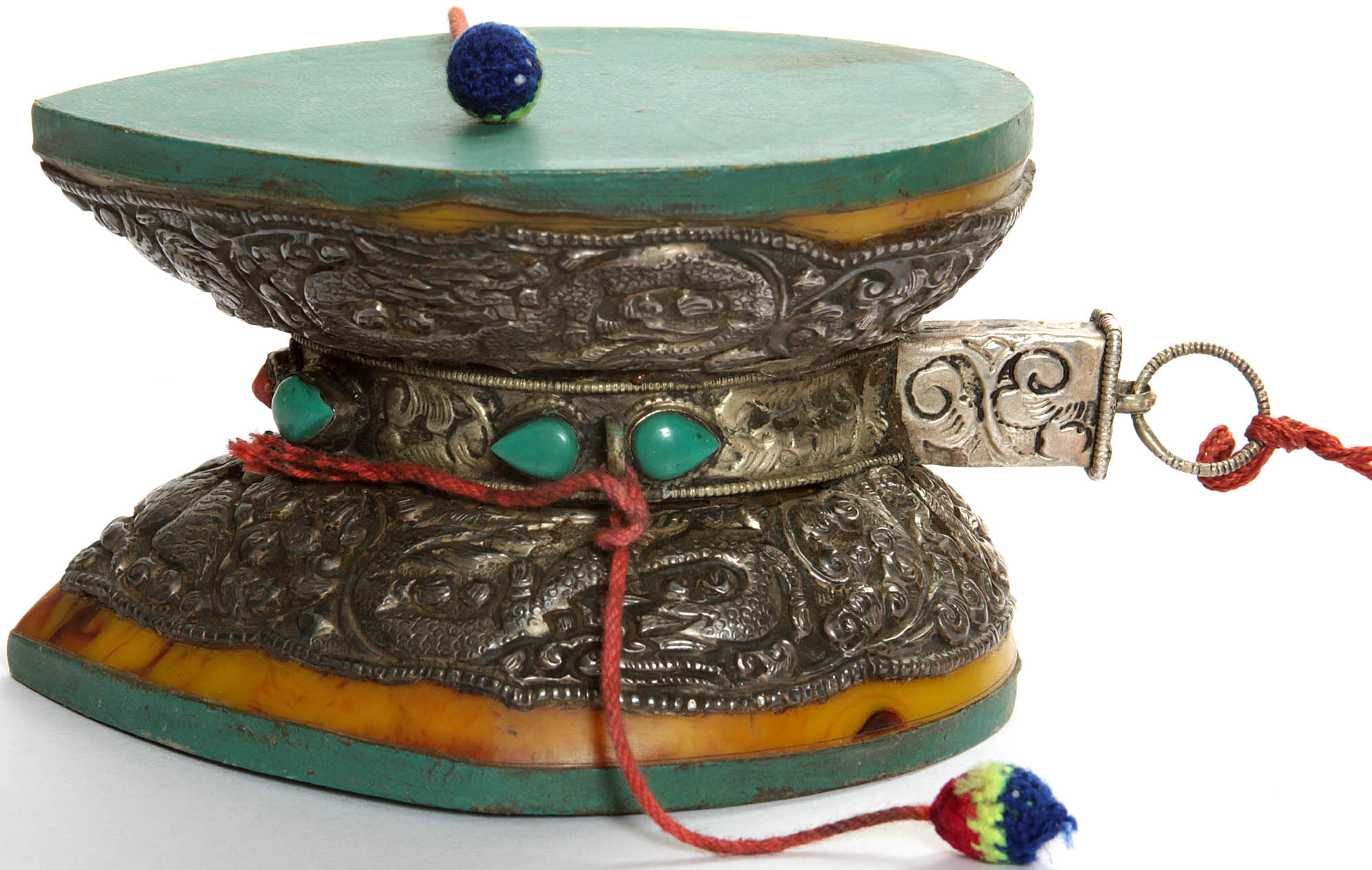































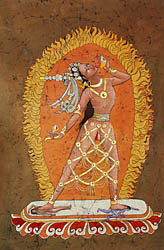
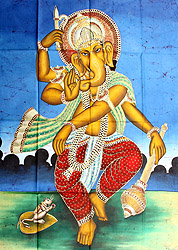
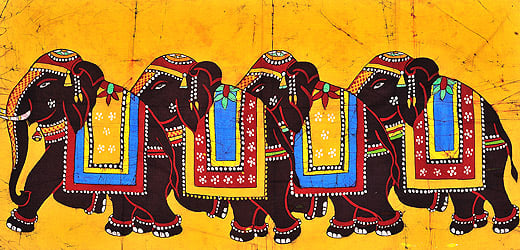
























































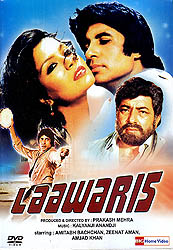
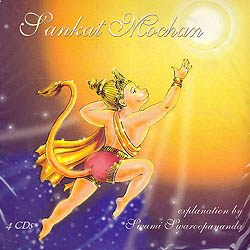

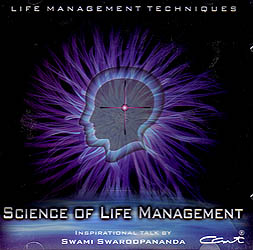
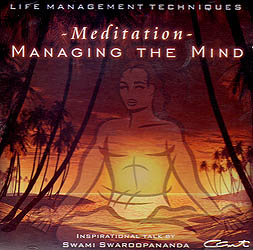
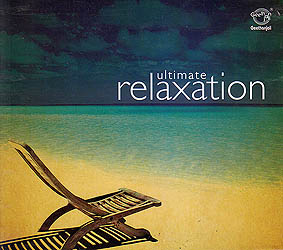
No hay comentarios:
Publicar un comentario